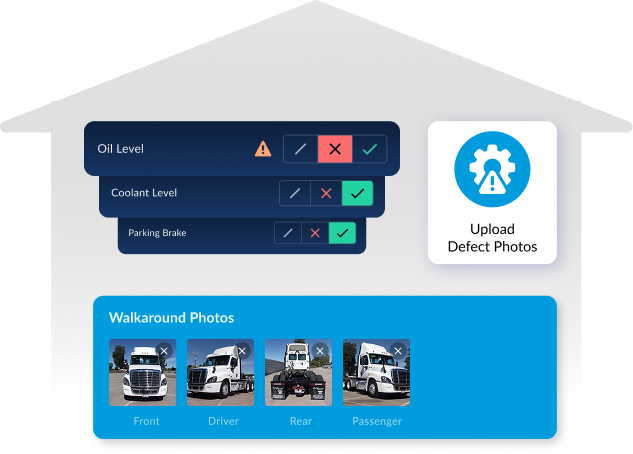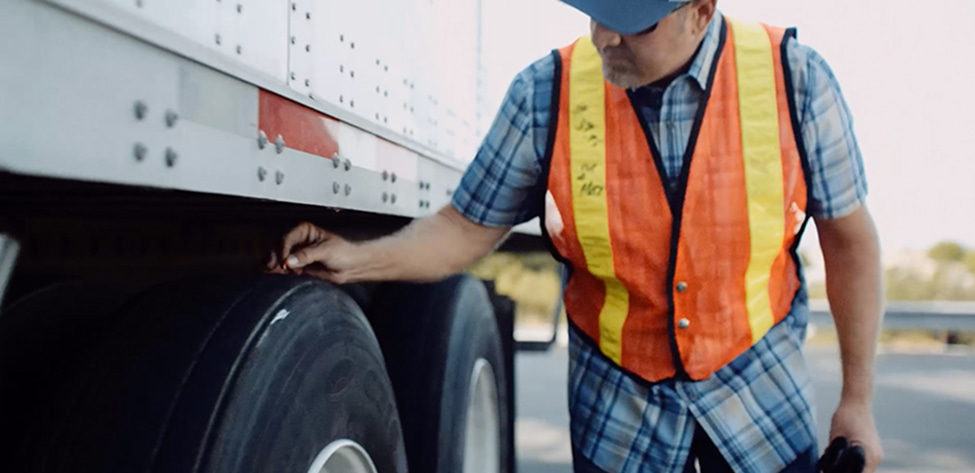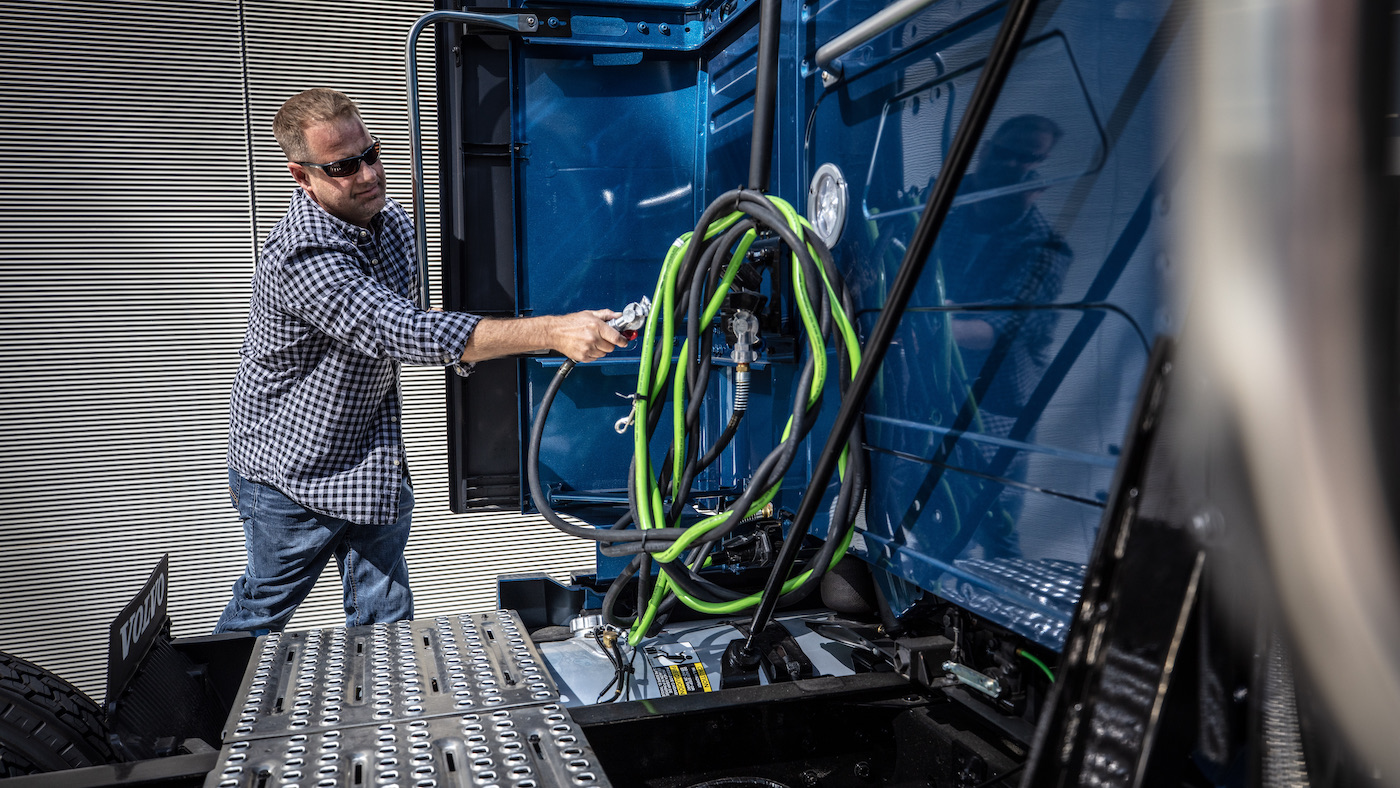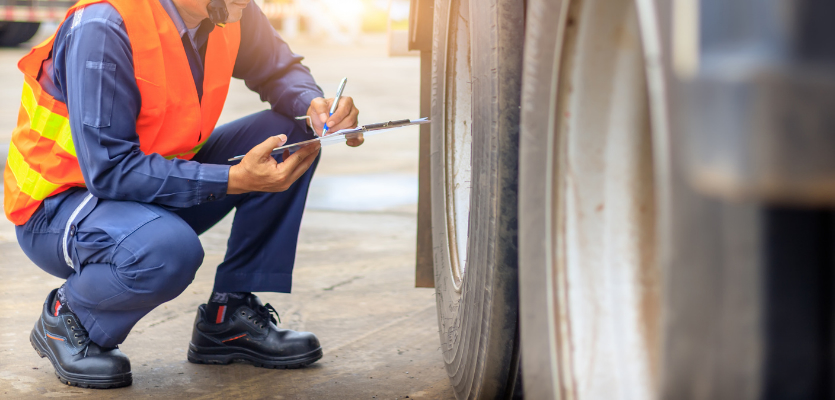PRODUCT
Digital DVIR
Minimize downtime and unnecessary costs with digital vehicle inspection reports.

Boost Efficiency with Electronic DVIR Software
Inspect
Drivers conduct pre- and post-trip vehicle inspections through the Lytx® Driver App.
Review
Managers review completed DVIR reports and receive defect alerts.
Repair
Mechanics sign off on completed repairs in the driver’s app, ensuring vehicle safety.
Keep Your Vehicles Ready for the Road
Make it easy for drivers to complete their pre- and post-trip inspections, helping ensure vehicle issues don’t go unnoticed.
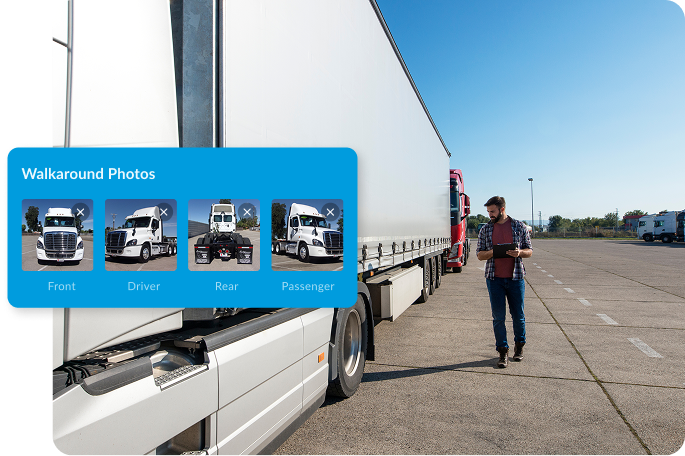

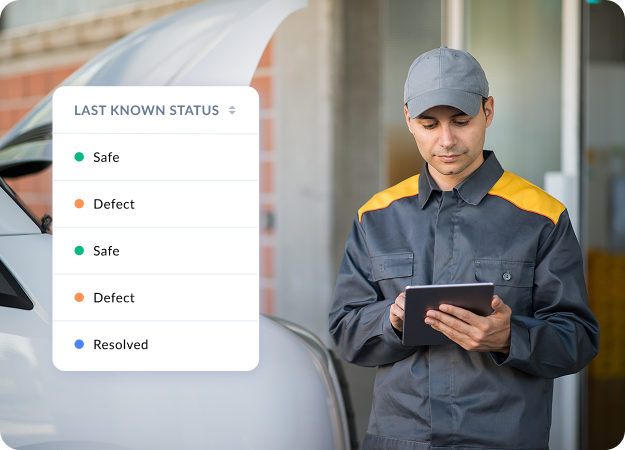
DVIR Features to Eliminate Guesswork
TRUSTED BY THE WORLD'S LEADING COMPANIES






“Lytx DVIR gives visibility to the condition of your fleet, in real-time, from the ground up…all the way to the executive level. It assures us that defects and safety issues are corrected, before they become major issues, resulting in greater loss or expense.”
Tony Mullen
Risk/Safety Management, Snider Fleet Solutions
Combine Services to Build a Comprehensive Fleet Solution
Browse Our Resources
Industry insights, assessments, and guides to help you keep your vehicles road-ready.

